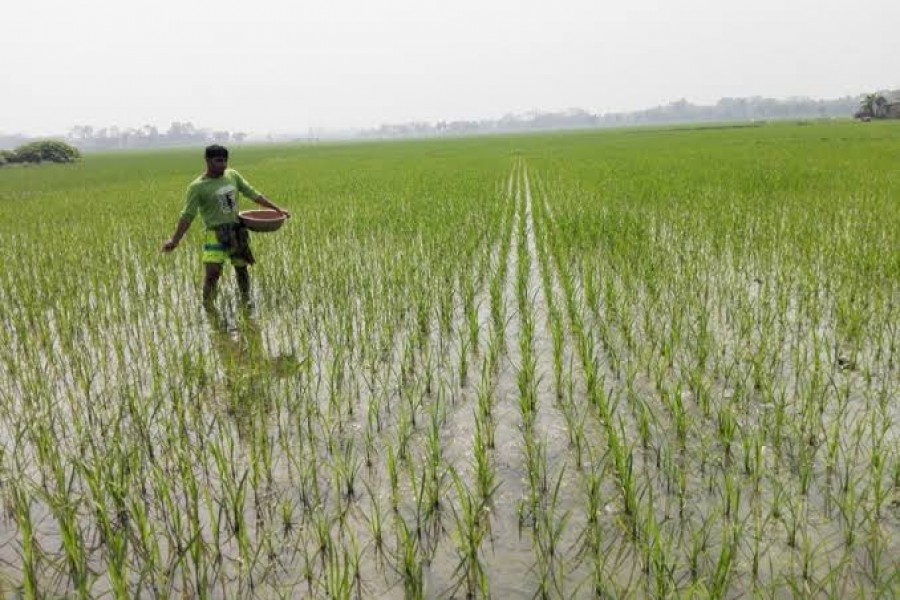The Ministry of Food started this year's Aman rice procurement programme Wednesday last with food officials buying paddy in some areas where harvesting has already begun.
The deputy commissioners of a number of districts inaugurated the routine seasonal drive amidst a very wide price-gap between rice and paddy.
Though the prices of milled rice recorded a rise for no reasons during the past couple of weeks, the paddy prices stuck to their low levels. However, such an abnormal gap in prices of rice and paddy has been persisting for the past many seasons.
Experts and market insiders suspect involvement of a section of rice millers in keeping paddy prices at a low level artificially with a view to depriving farmers of fair prices for their produce.
During its ongoing Aman procurement programme, the government has a plan to collect 400,000 (0.4million) tonnes of paddy and 600,000 tonnes of rice. The quantity is far lower than what the food ministry had procured during the last Boro season. The paddy procurement target for the Aman season is identical to that of last Boro season. But the target in the case of milled rice is lower by 0.4 million tonnes.
The problem is that the government's rice procurement programme is not benefitting farmers that much though the basic objective behind launching the drive was to ensure fair price for rice growers. Some years back, farmers were not interested to sell rice to the government for the prices offered by the latter used to be lower than the market price. But the situation has changed lately, the government now offers competitive prices.
The reason why farmers are not getting the benefit from the rice procurement programme is that the field level food officials are more interested in procuring paddy and rice from fariahs and millers in bulk. Fariahs (middlemen) buy paddy from mokams (large rural markets) at prices dictated by them and sell the same either to the government or to millers at higher rates. The procurement of rice by the government is entirely dominated by millers. They process paddy purchased from middlemen and sell the same to the government. Allegations have it that a section of dishonest food officials and millers are involved in irregularities in the public food procurement programme.
Barring a few big farmers small and marginal rice growers have little or no access to the government rice procurement centres.
Usually, farmers dispose of paddy, not rice, during the harvesting time. Since the paddy prices are kept low, artificially, farmers, in most cases, cannot recoup even their cost of production.
As a natural consequence, the competitive prices that the government offers for paddy and rice are supposed to leave some impact on the overall rice market. The impact is visible in the case of rice, but not paddy, the item sold in large volumes by farmers.
Understandably, the government will have to devise a new food procurement mechanism if it is really interested in benefiting farmers by ensuring fair prices for their produce. Farmers, to be honest, are now deeply frustrated by the paddy prices. In many areas, they grow rice since they do not have any other option. The government should understand their plight and do the needful to help them.


